Geosciences Teachers Institute
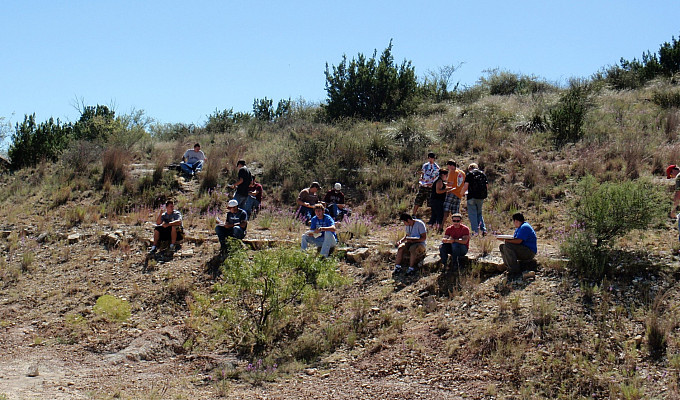
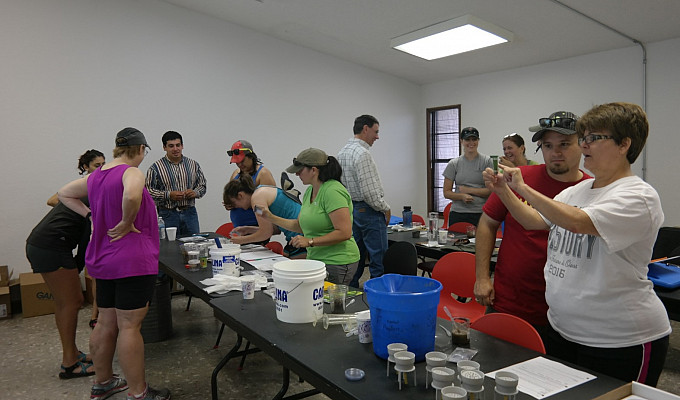
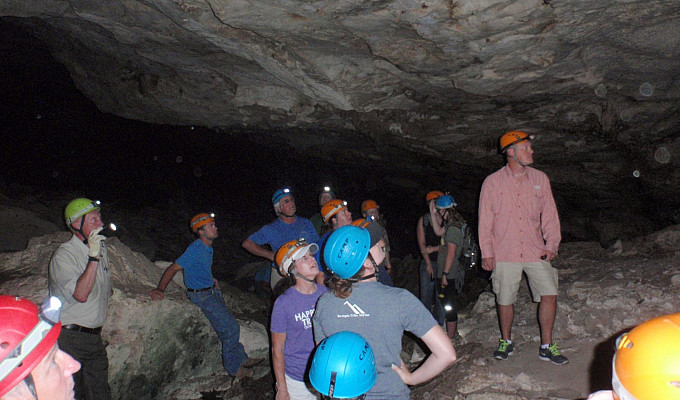
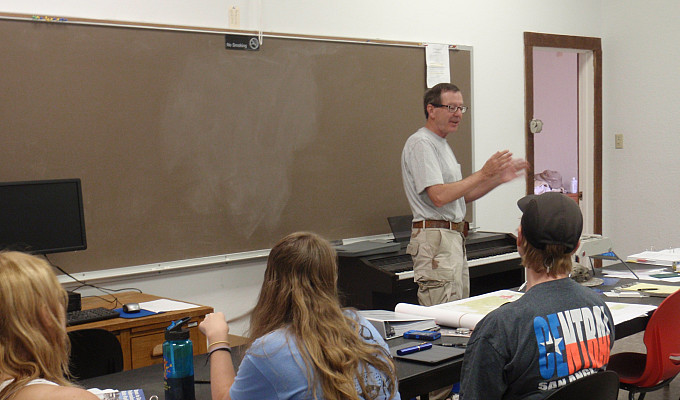
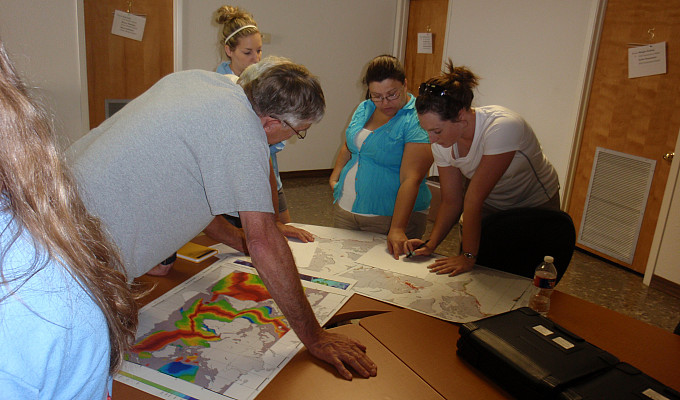
ASU Pier Geoscience Teaching Materials for Teachers
Due to the impact of the pandemic, the 2020 PIER Summer Institute was converted into a virtual format. Twelve teachers will receive teaching materials for these lab and classroom activities, as well as instructions on how to use these materials.
Common rocks of Texas- An activity where students describe, name, and interpret the ancient origins of common rock types found in Texas. Students apply the Method of Multiple Working Hypotheses, the version of the scientific method used by geologists, to solve problems. This activity introduces students to rock types they may find in their own neighborhood or on school field trips. Materials provided in kit include:
- 5 sets of 16 different rock samples
- 5 10x hand lenses on lanyards
- 5 grain size templates containing actual sediment grains
West Texas and San Angelo Area geology- Students use large colorful geologic maps covering San Angelo to Big Lake to explore the types and ages of rocks, fossils, and sediments at the surface in our area. Students will learn about the Edwards Plateau, the Concho and Colorado River valleys and their broad floodplains. These maps will introduce possible field trip localities and can be used on geology field trips. Materials provided:
- 5 San Angelo Sheet geologic maps, laminated
- 5 pamphlets describing in detail the ages and types of rocks symbolized by colors on the map
- Scale model of a Tyrannosaurus skull
San Angelo Area Topography and Landforms - Students use these detailed topographic maps to explore the natural and human-made features around their home and school. They will contrast the landforms of the San Angelo area with those around Junction and South Llano River State Park 90 miles southeast of San Angelo. They can learn how to measure exact directions with a protractor. How to measure distances accurately. How to calculate topographic relief. They will make a grid of topographic profiles across both areas that will show how contour lines work to give a three-dimensional shape of the Earth’s surface. Materials provided:
- 5 San Angelo South Quadrangle (Central HS, Lee MS, Glenn MS) or San Angelo North Quadrangle (Lakeview HS, Lincoln HS) topographic map
Teaching and classroom materials that apply to all activities:
- 1 Geologic Time Scale Poster (revised in 2015)
- 1 poster-size Geological Highway Map of Texas showing where rocks of different ages and types are found in Texas
- 1 copy of Texas Through Time, a large, recently published book on the geology of Texas which is full of color maps and photographs
Enchanted Rock is just one of the places the 2021 PIER Summer Teacher Institute investigated. Enchanted Rock is a 1.1 billion-year-old mass of intrusive igneous rock in Llano uplift, near Fredericksburg.
At Enchanted Rock, the group examined weathering processes that produce unusual-shaped columns, igneous minerals and textures, and the effects of hot magma on metamorphic rocks adjacent to the igneous intrusion.
The Texas Tech Junction campus on the South Llano River served as the group’s summer camp for five days and four nights. They took field trips to several geologic localities nearby, including Enchanted Rock, the Devils Sinkhole, and the Spring-fed South Llano River, which they explored via kayak!
Participants demonstrated and practiced hands-on lab and classroom activities in Physics and Geology in an air-conditioned classroom on the Tech Junction campus. Physics lab activities emphasized mechanics, electricity and magnetism, and astronomy. One evening they set up large ASU telescopes to explore the night sky! Indoor and outdoor geology activities emphasized plate tectonics, map interpretation skills, describing and interpreting the origins of minerals and rock types common in West Texas, and how landforms from volcanoes to caverns form. Participants used ASU lab equipment and received some equipment for their own classroom and lab.
All lodging costs and meals were covered by the program, and participants received hours of continuing education credit. Participants took home lab materials and classroom display materials to use with their own students and received a stipend for participating.
This was the fifth PIER Summer Institute in Junction and the first since 2015. The first four were sponsored by the National Science Foundation. The Halliburton Foundation funded the 2021 Institute.
